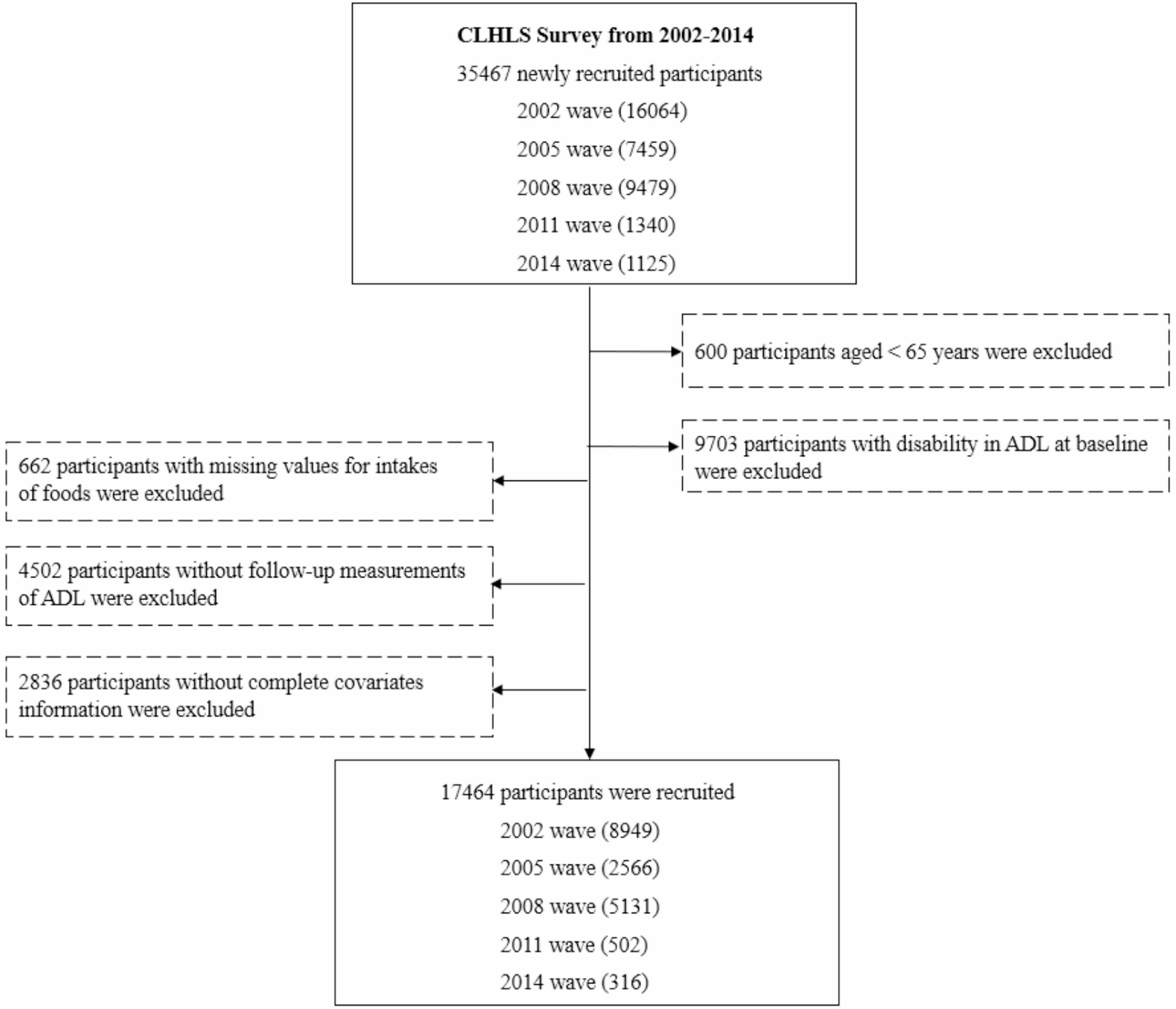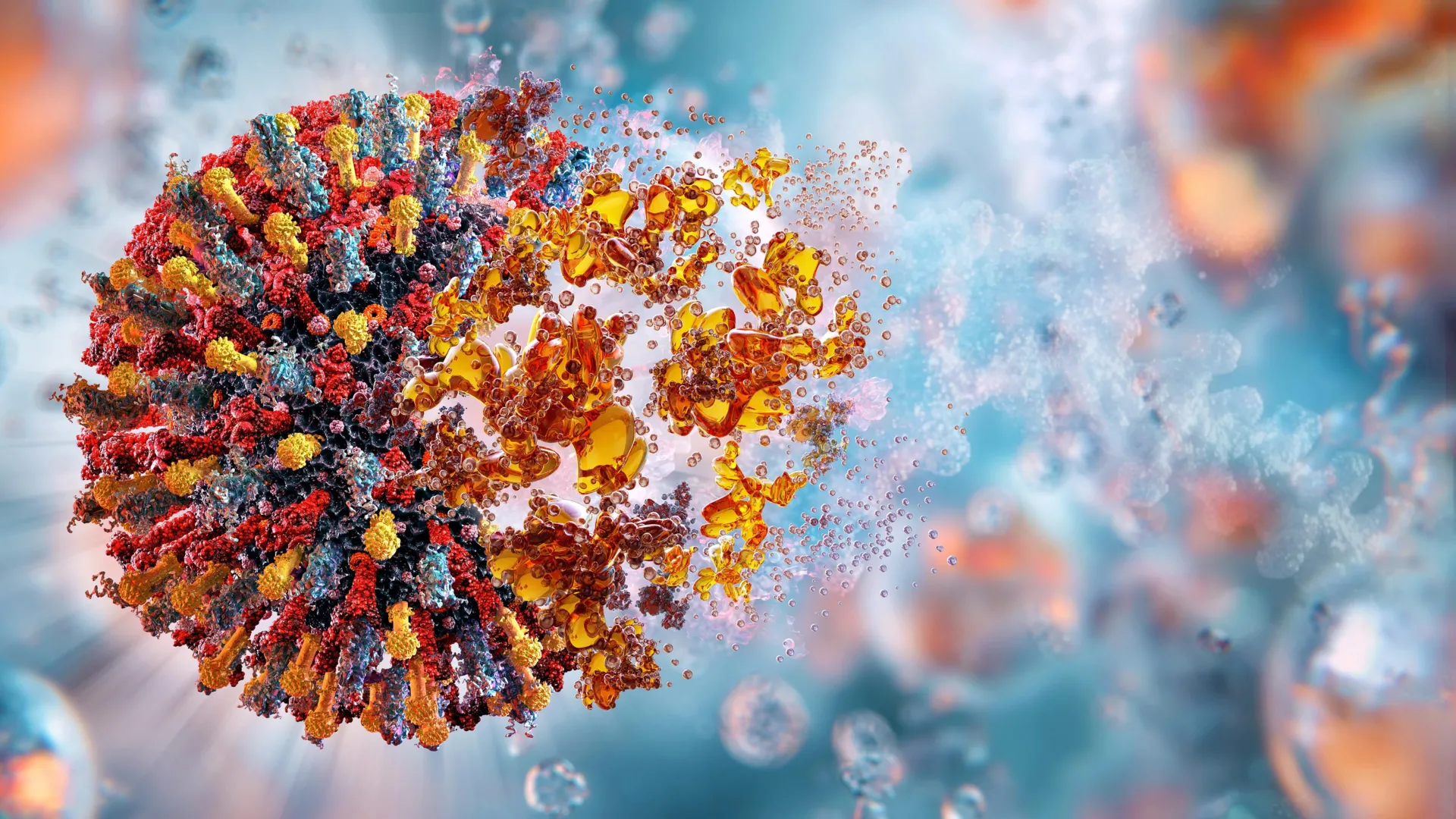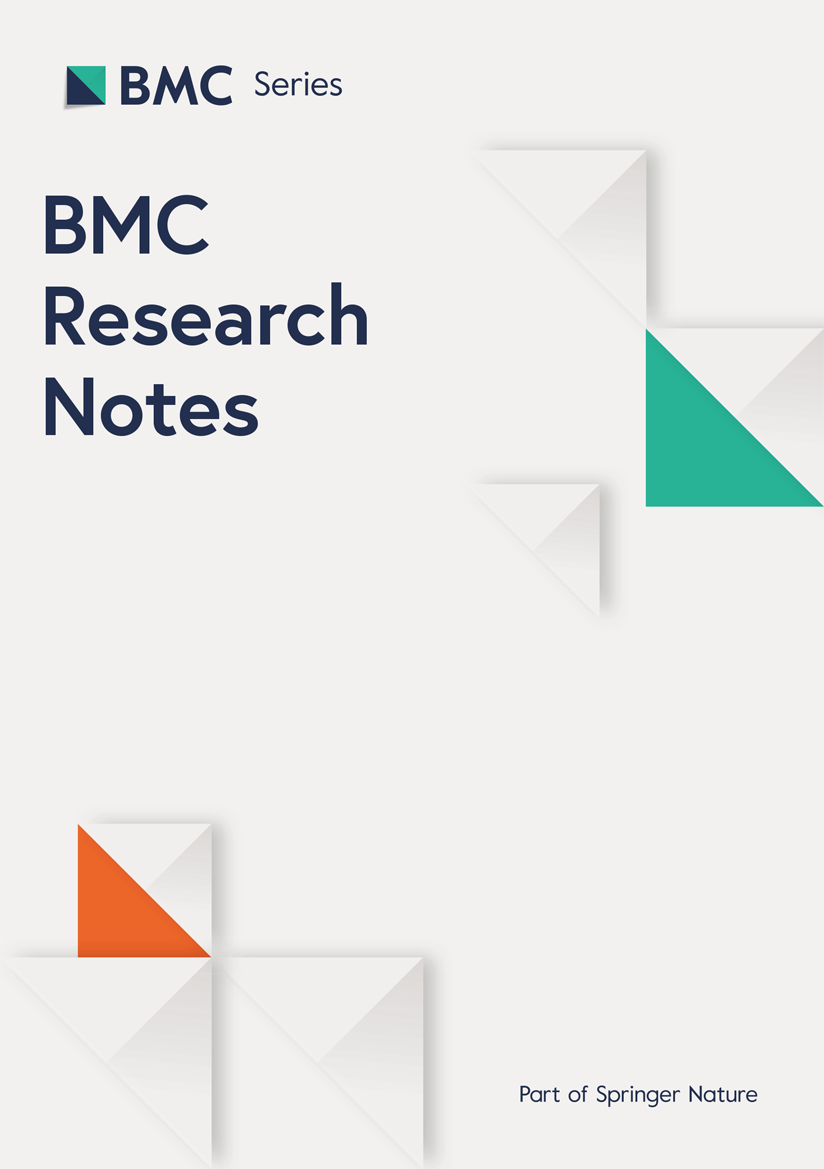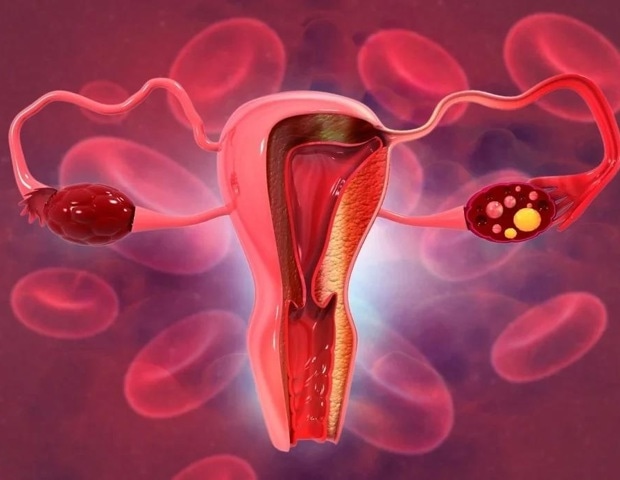Study population
Data were obtained from the Chinese Longitudinal Healthy Longevity Surveys (CLHLS), a nationwide longitudinal survey with community-dwelling older adults in 23 provinces of China. Its primary purpose is to examine the determinants…

Data were obtained from the Chinese Longitudinal Healthy Longevity Surveys (CLHLS), a nationwide longitudinal survey with community-dwelling older adults in 23 provinces of China. Its primary purpose is to examine the determinants…

Researchers at the University of Massachusetts Amherst have shown that their nanoparticle-based vaccine can successfully prevent several aggressive cancers in mice, including melanoma, pancreatic cancer, and triple-negative breast cancer….

A total of six Salmonella strains were isolated from green onion, peach leaves, peach orchard soil, and cow manure collected in Daegu and Gyeonsangbuk-do provinces, South Korea. Each sample (25 g) was pre-enriched in 225 mL of tryptic soy broth…
This request seems a bit unusual, so we need to confirm that you’re human. Please press and hold the button until it turns completely green. Thank you for your cooperation!

Cancer is a challenging enough diagnosis, but many patients are dealt a second blow, even as they heal: “chemo brain.”
Also called “brain fog,” this mix of cognitive issues – memory problems, struggling to find words, an inability…

Scientists at the University of Duisburg-Essen are researching new therapies for aggressive forms of childhood leukemia. For the first time, their approach tries to distinguish between two subtypes using so-called nanobody PROTACs….

NSAID-exacerbated respiratory disease, N-ERD, is associated with measurable changes in concentrations of lipid mediators involved in inflammation and pain modulation, a new study shows. Plasma concentrations of two key…

Each year, more than 340,000 women die from cervical cancer, with the majority of deaths occurring in low- and middle-income countries. Despite being highly preventable through vaccination and early detection, the disease remains…

In the earlier days of peritoneal dialysis (PD), avoiding magnesium overload was one of the major concerns in the dialysis community, primarily due to the potentially severe adverse events observed in patients with uncontrolled serum magnesium…